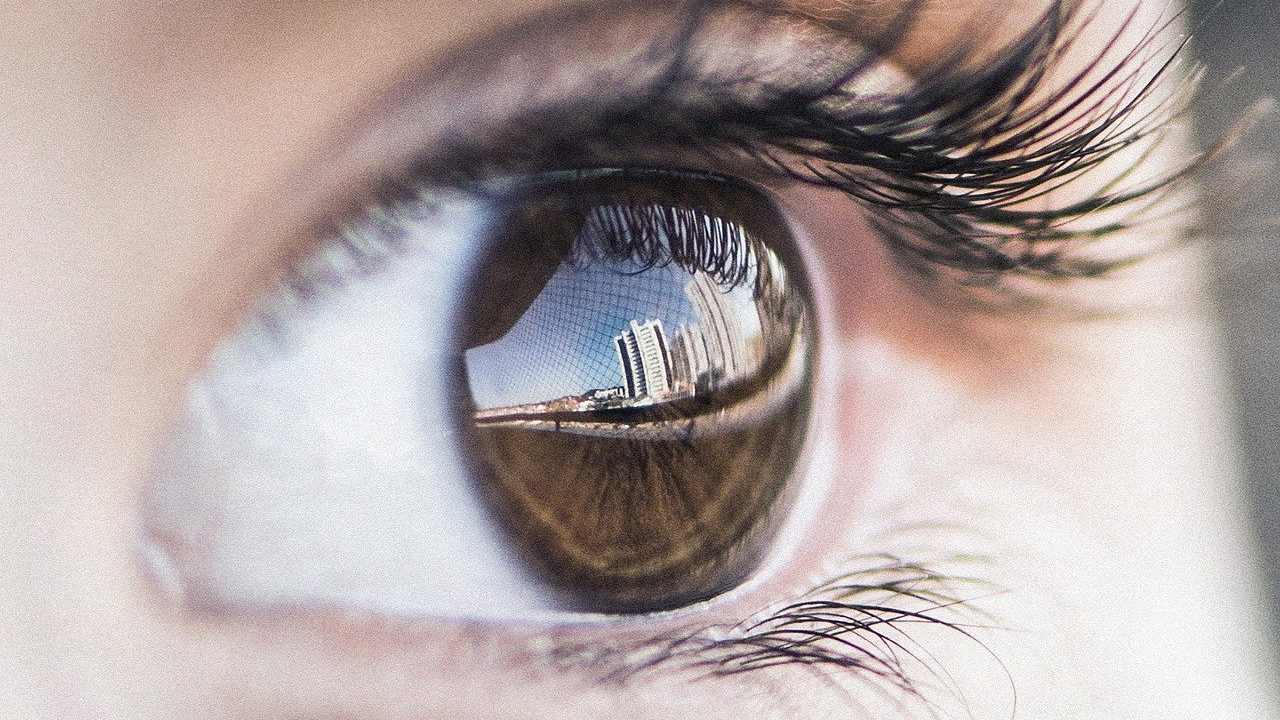
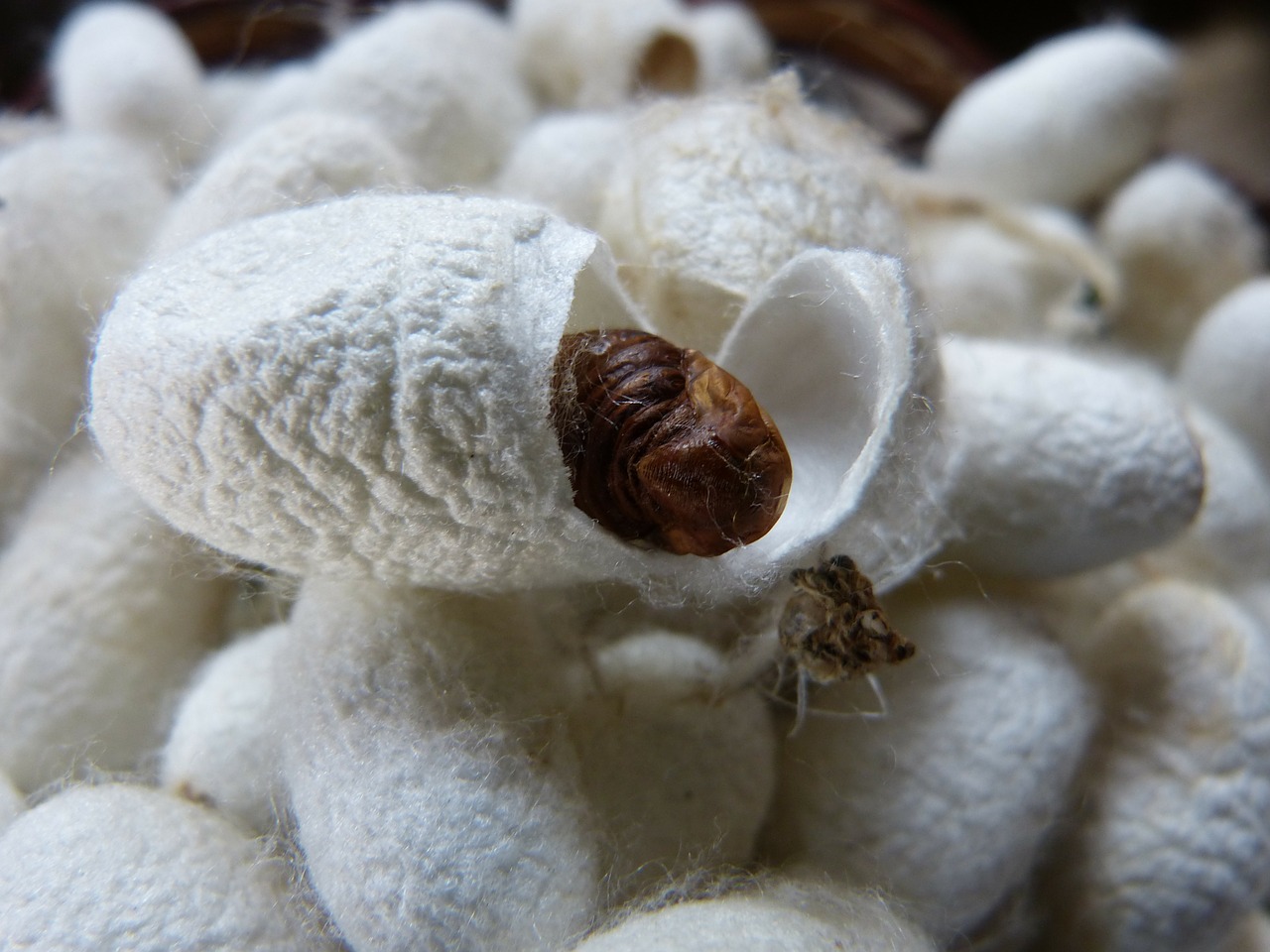
A scaffold made from silk protein fibroin and silver nanoparticles has been found to have antimicrobial properties and may have application as a biomaterial for implants
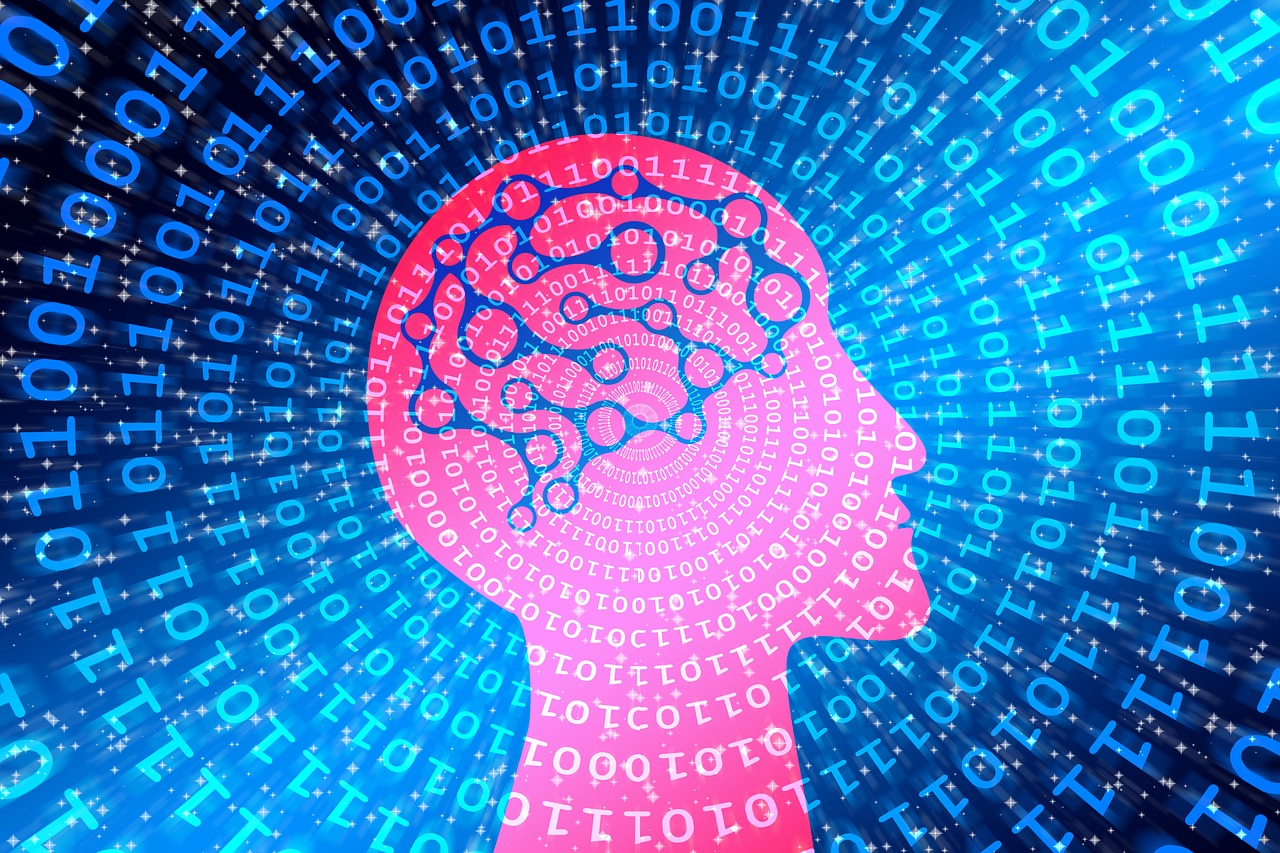
Scientists at the Pune-based National Chemical Laboratory of Council of Scientific and Industrial Research have developed a mathematical model that promises to deliver better protocols for cancer treatment

Weekly Review #35 – Summary of the latest news In science and technology research across the world, carefully handpicked by team Research Stash
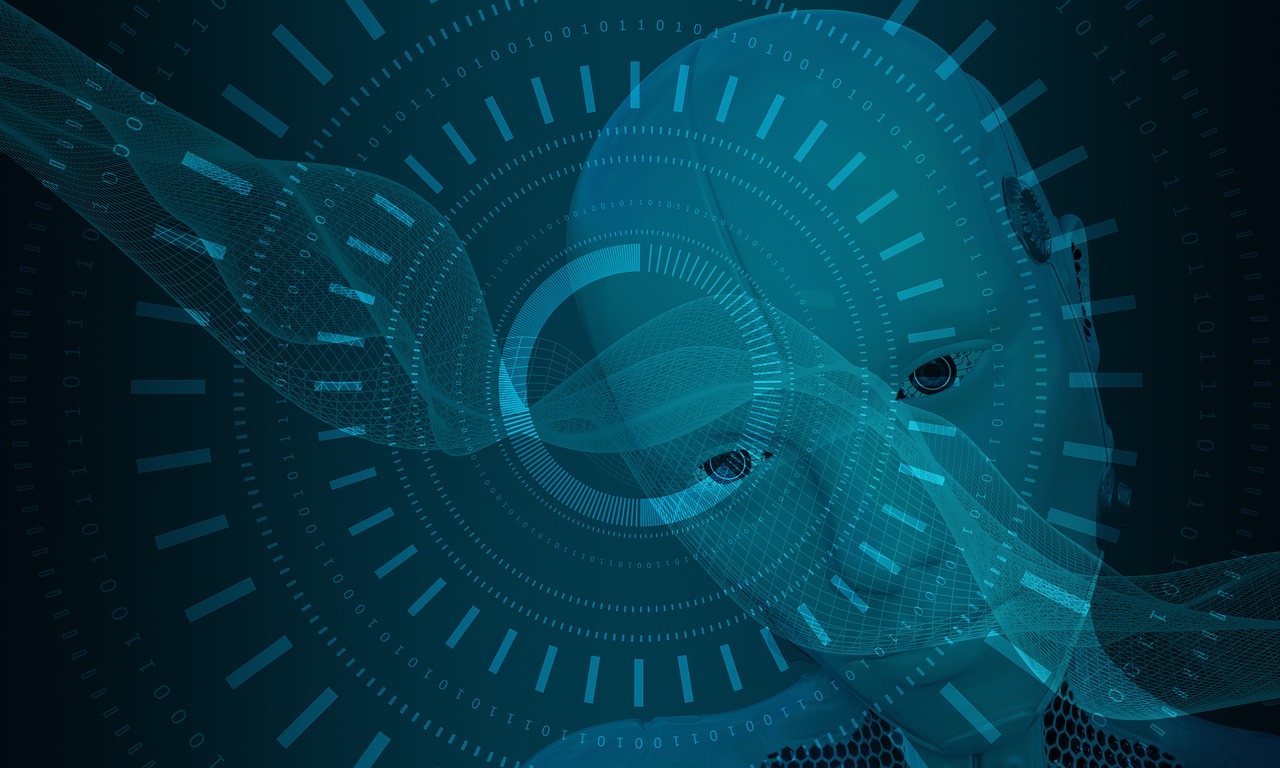

Weekly Review #33 – Summary of the latest news In science and technology research across the world, carefully handpicked by team Research Stash
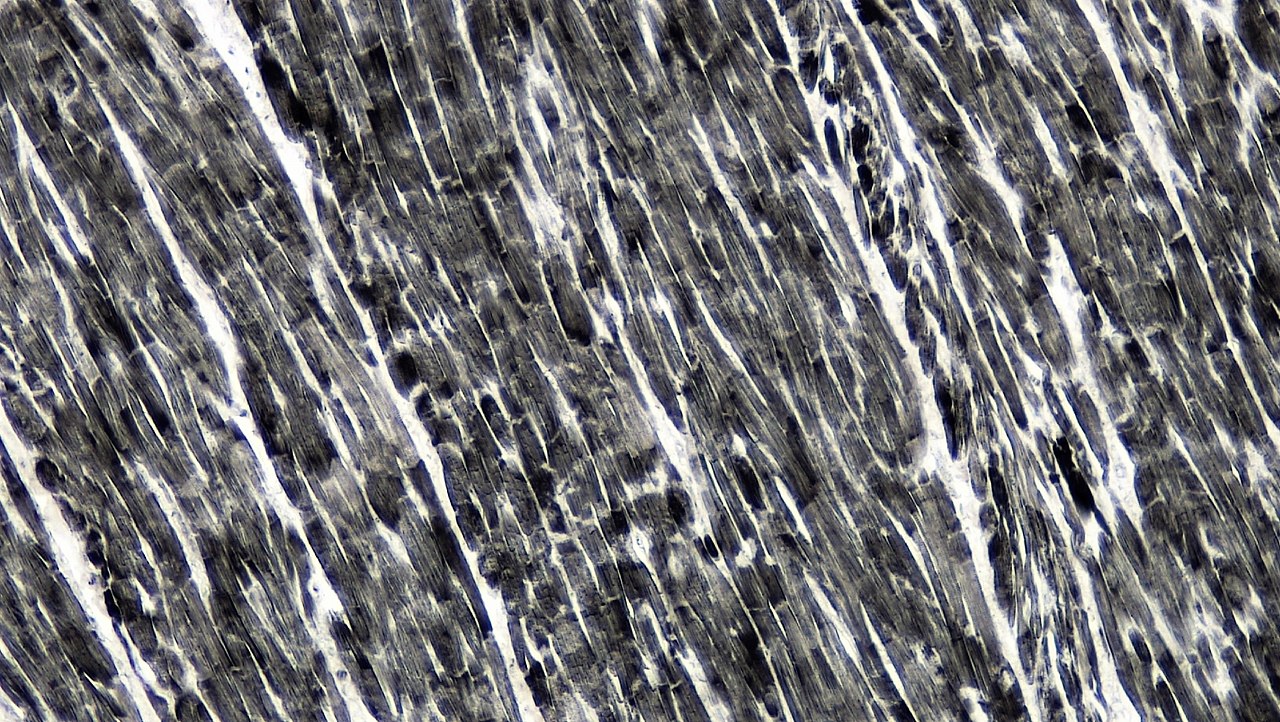
Indian researchers have identified the mechanism by which muscles above the neck, known as head muscles, are formed during development of an embryo in the womb
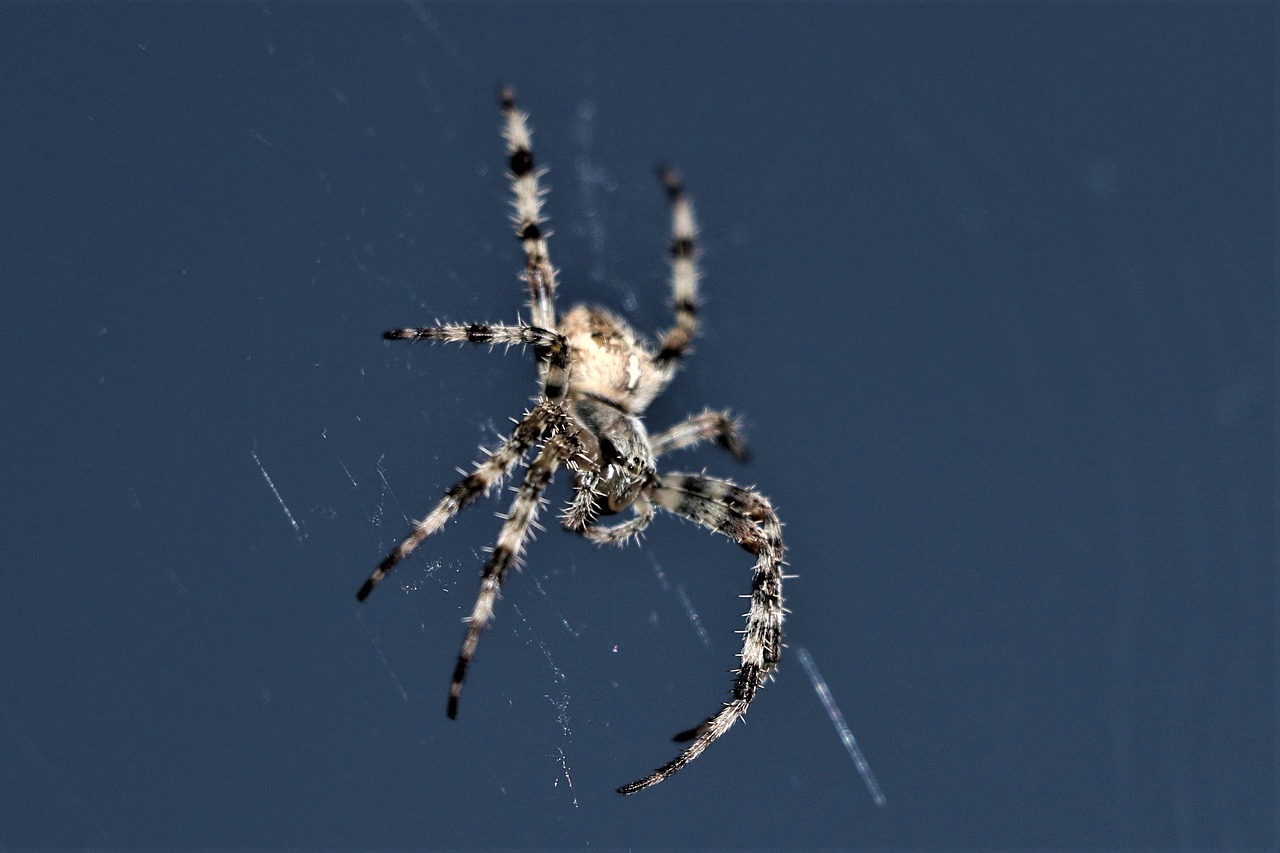
Weekly Review #28 – Summary of the latest news in science and technology research across the world, carefully handpicked by team Research Stash
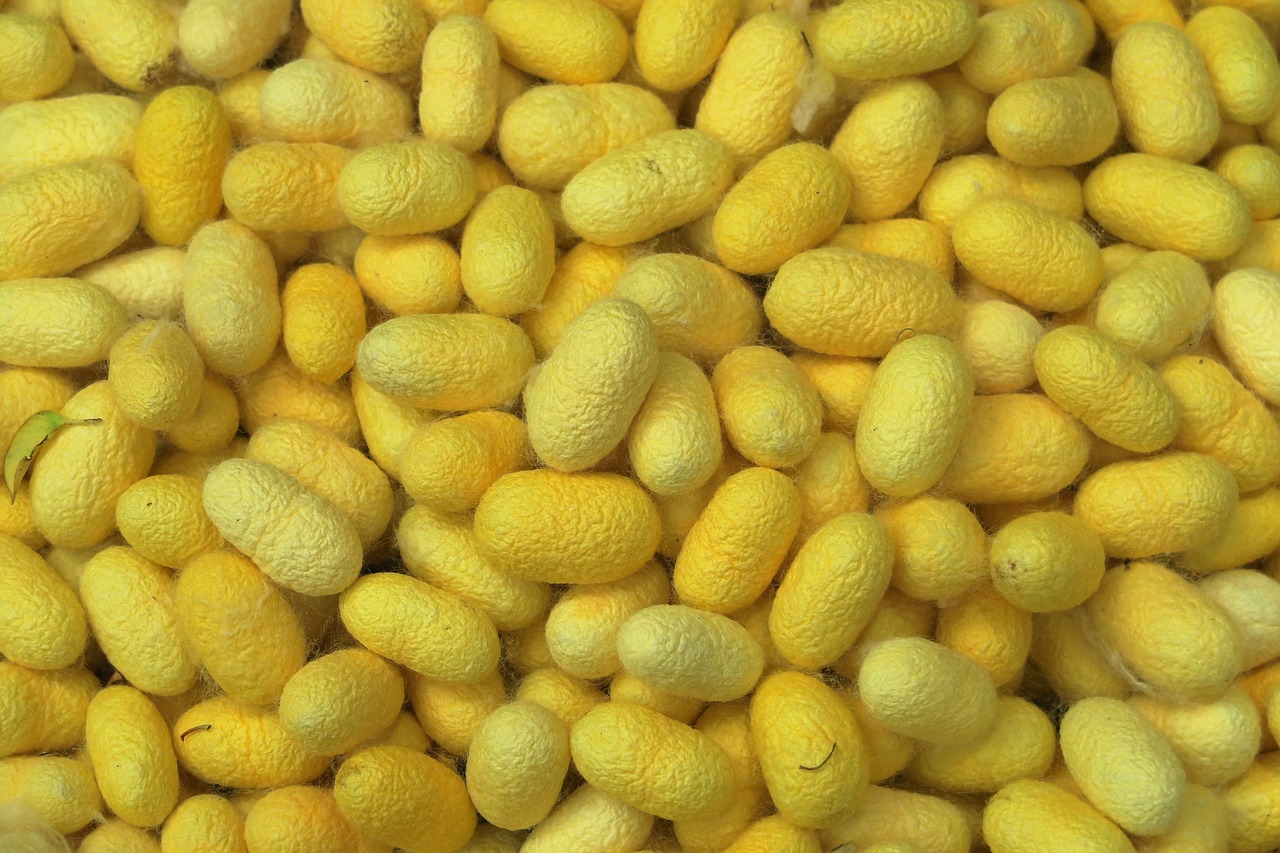
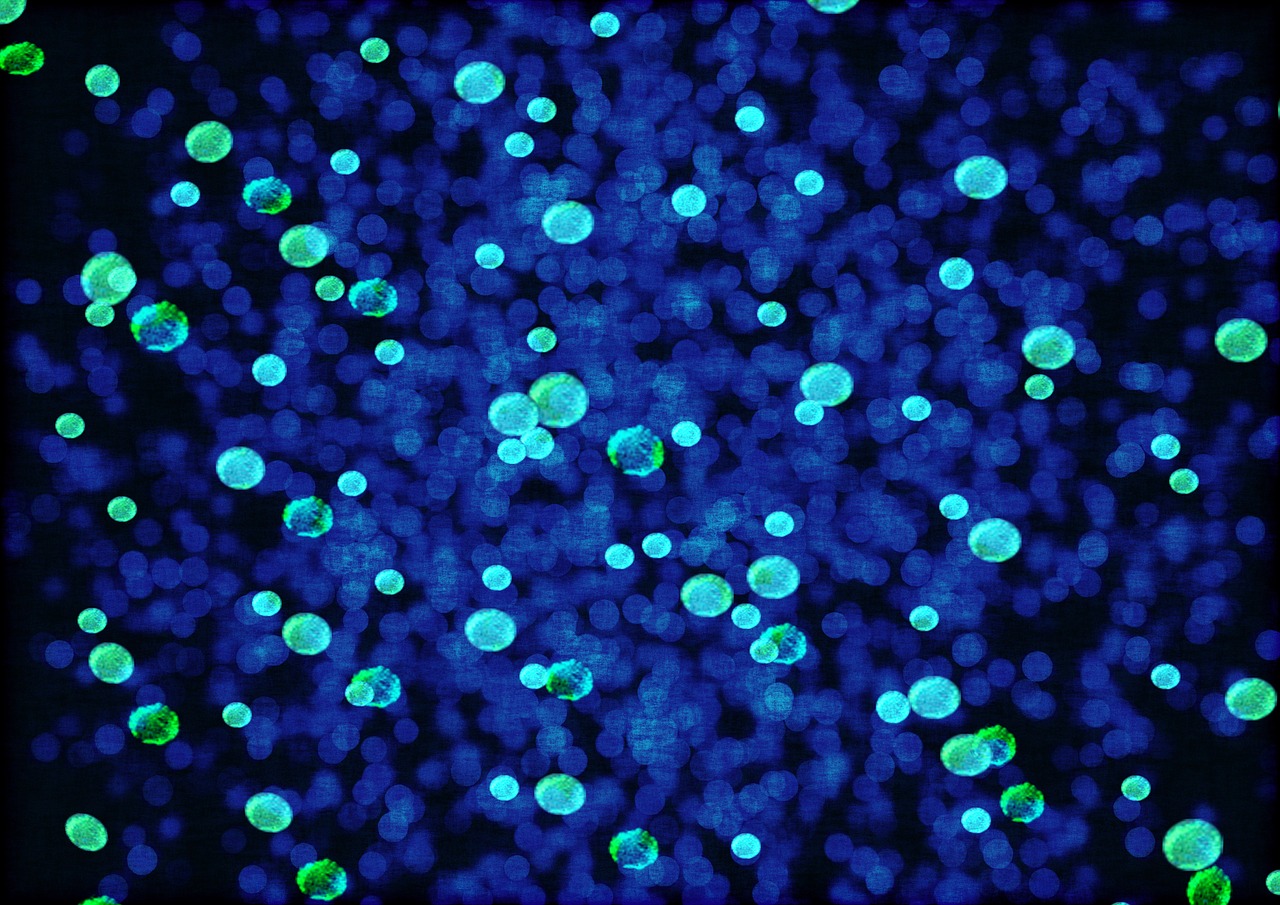
Summary of the latest news in science and technology research across the world, carefully handpicked by team Research Stash
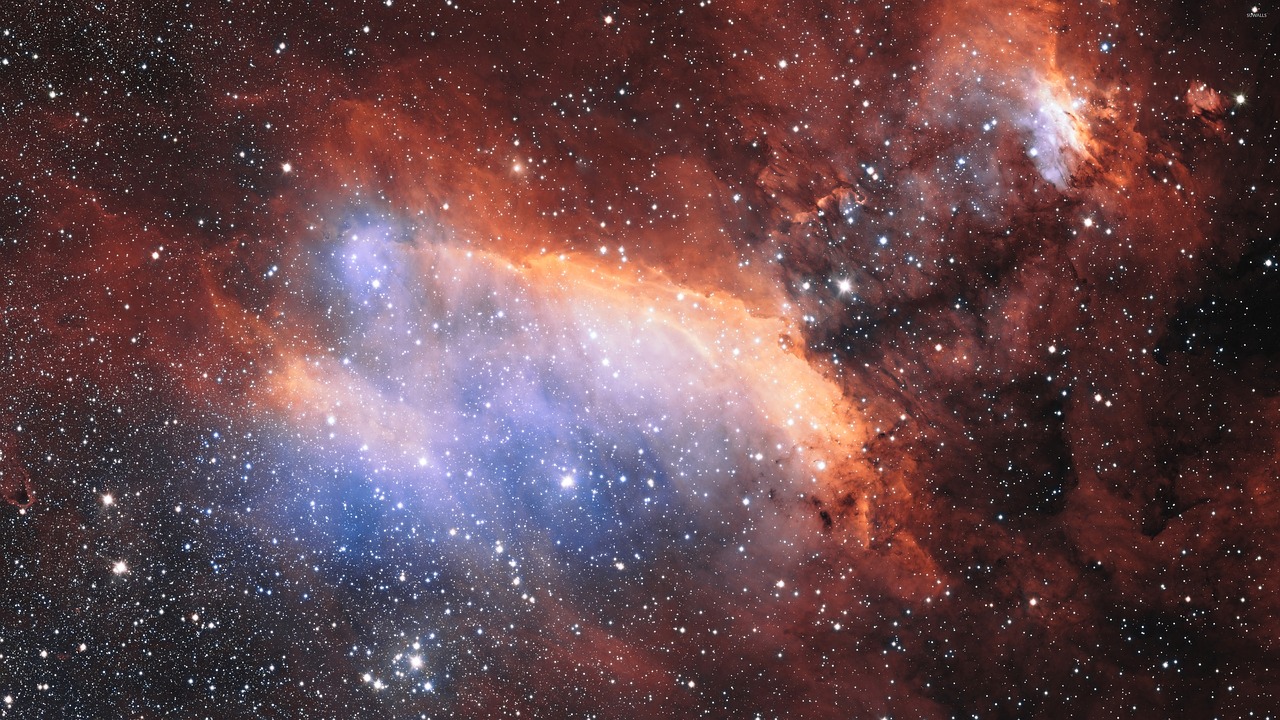
Summary of the latest news in science and technology research across the world, carefully handpicked by team Research Stash
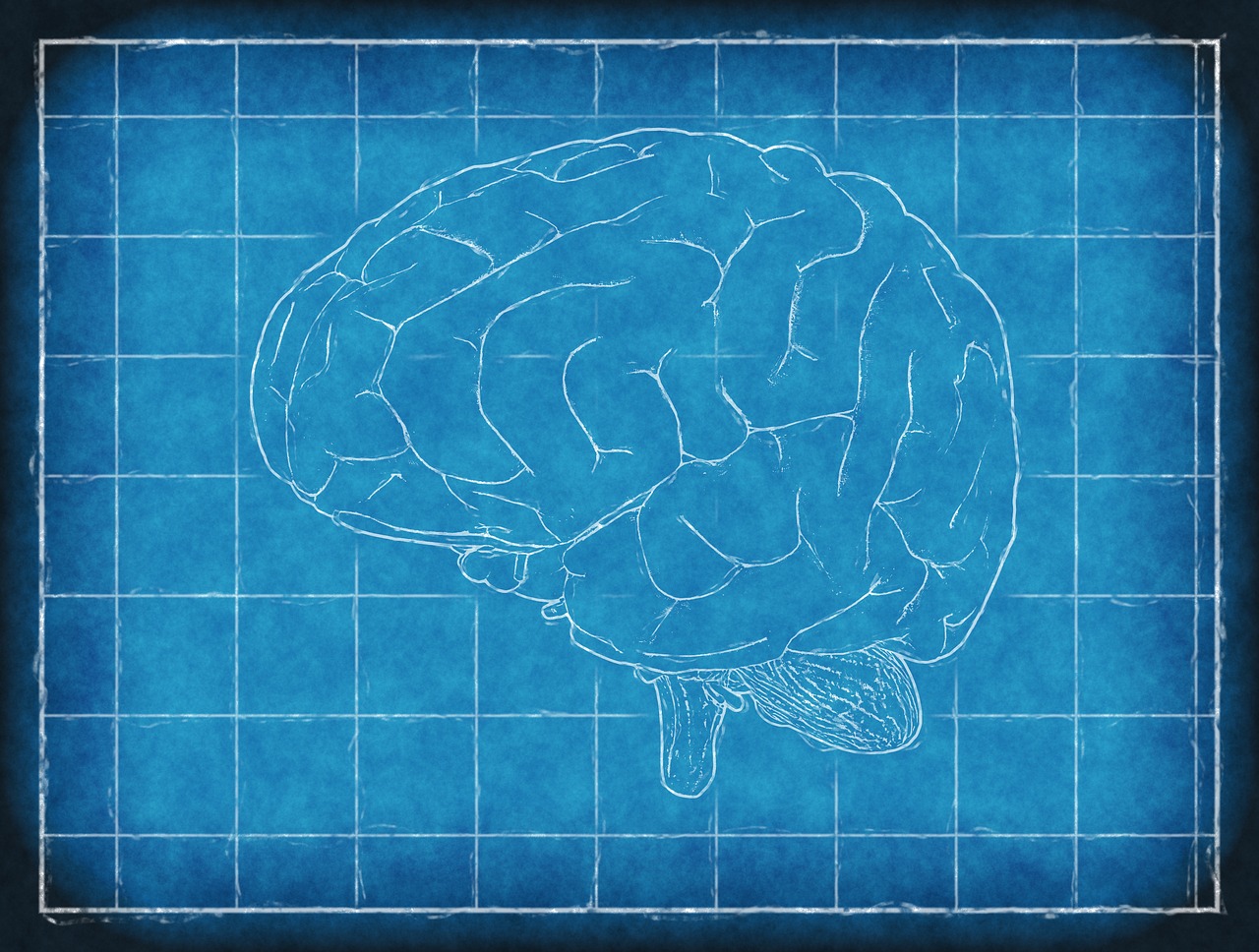
Latest stories in science and technology research around the world, carefully curated by Research Stash team
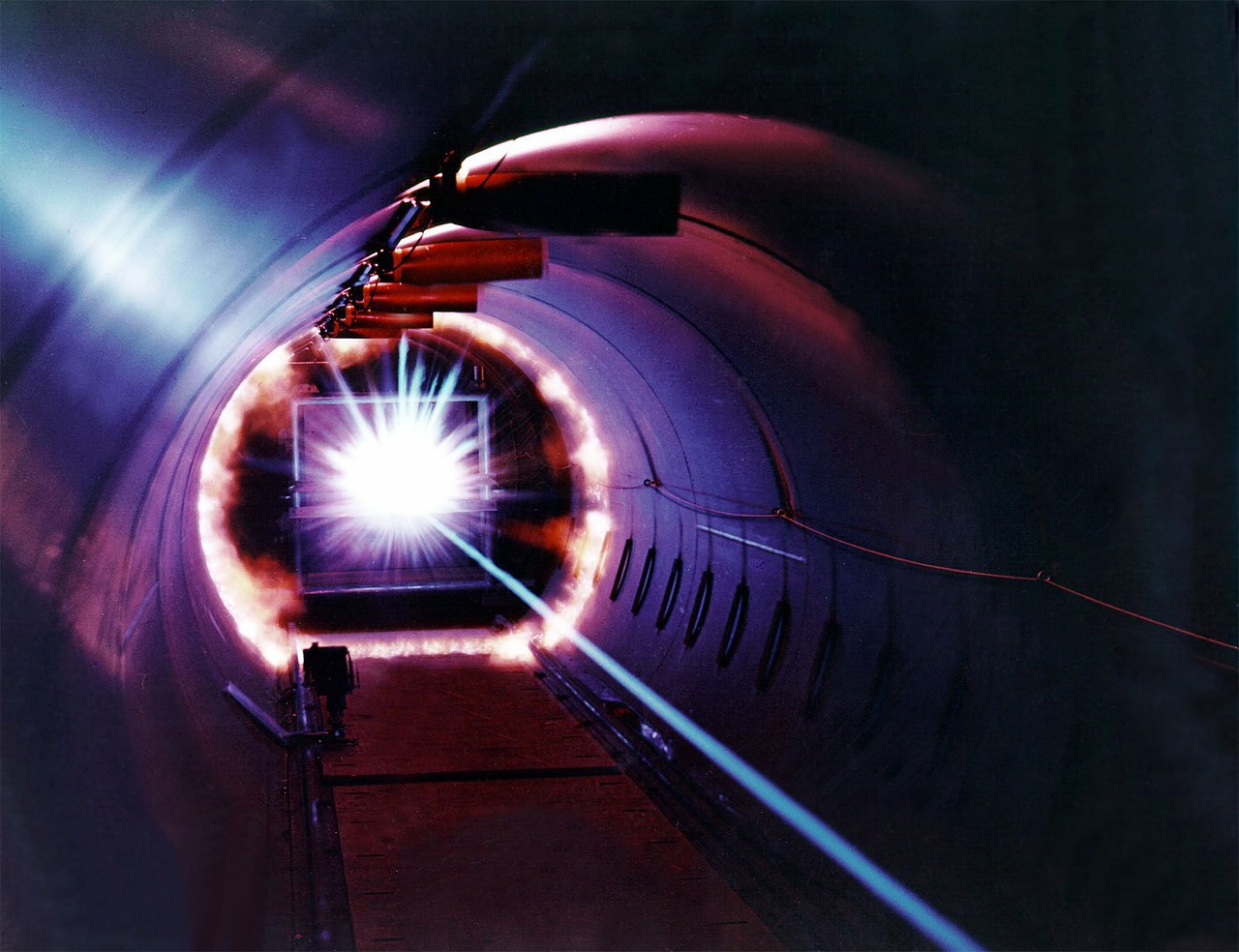
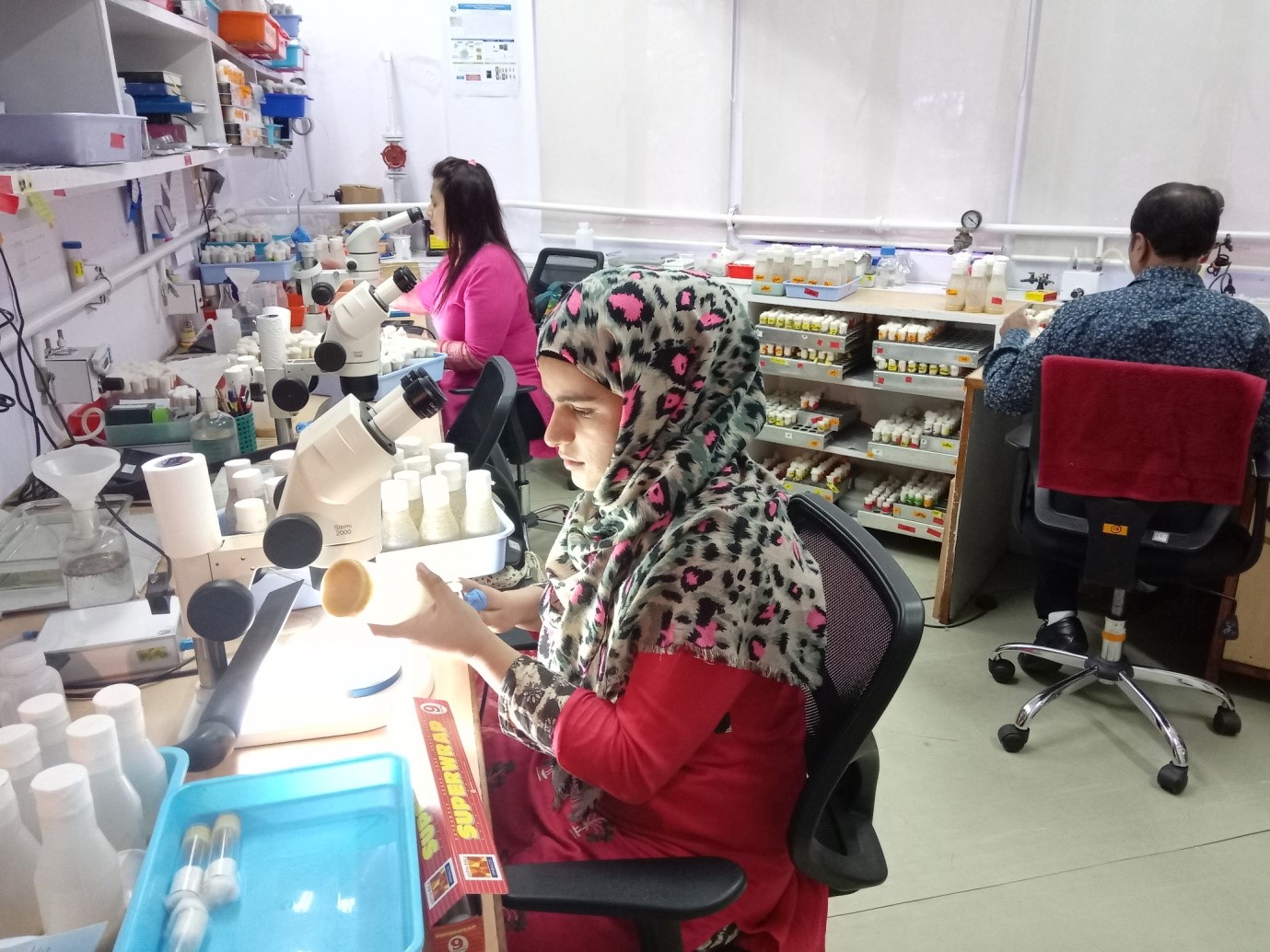
One size does not fit all. This applies to medicine, as much as for garments. Some medicines might work on some but not on others. The key to unraveling this secret lies in the uniqueness of cells of each one of us.
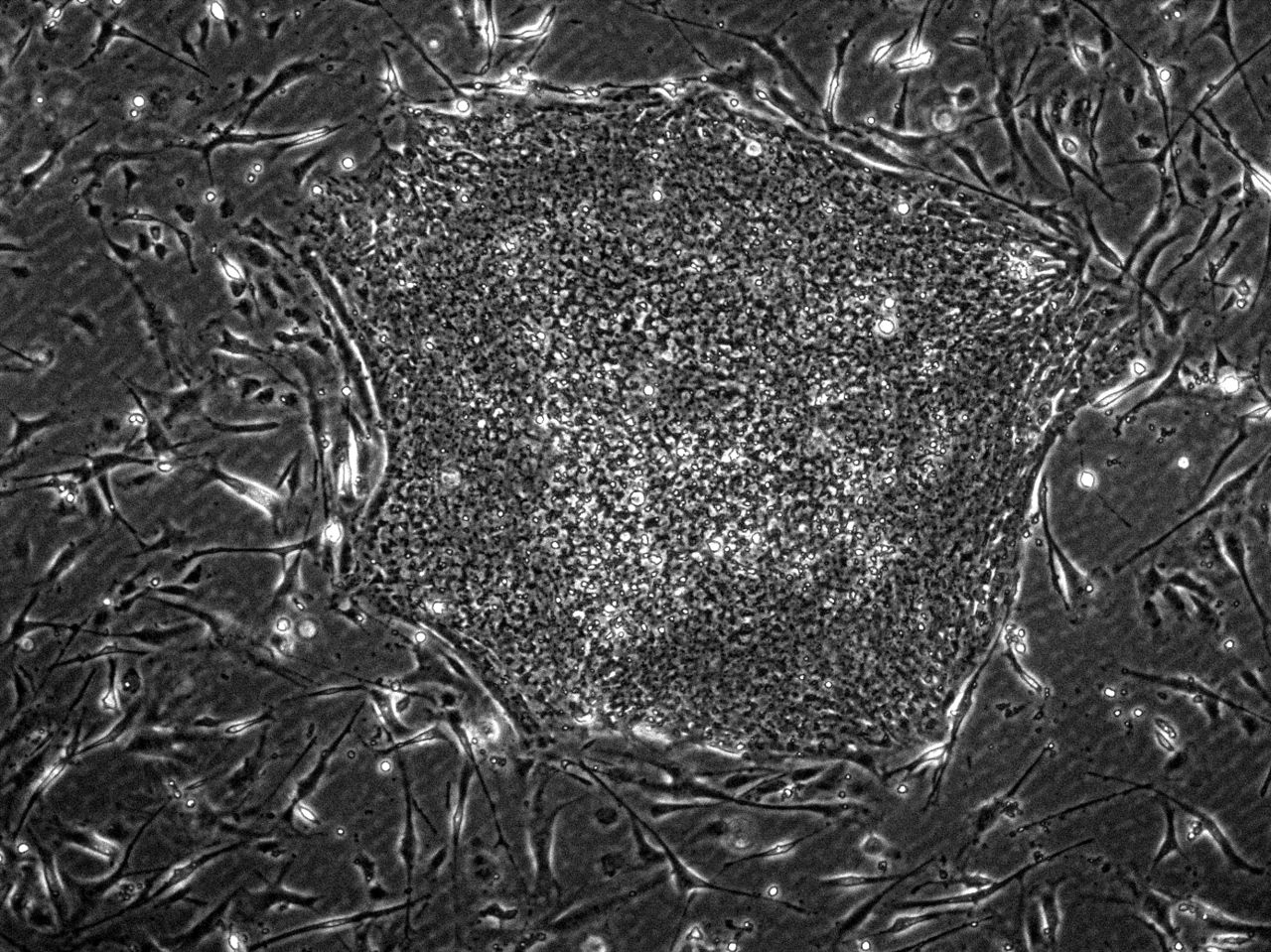
For normal birth or physical development of animals, regulation of their size, shape, and number of organs is very critical when the embryo is developing. Researchers are trying to understand mechanisms that regulate this process.
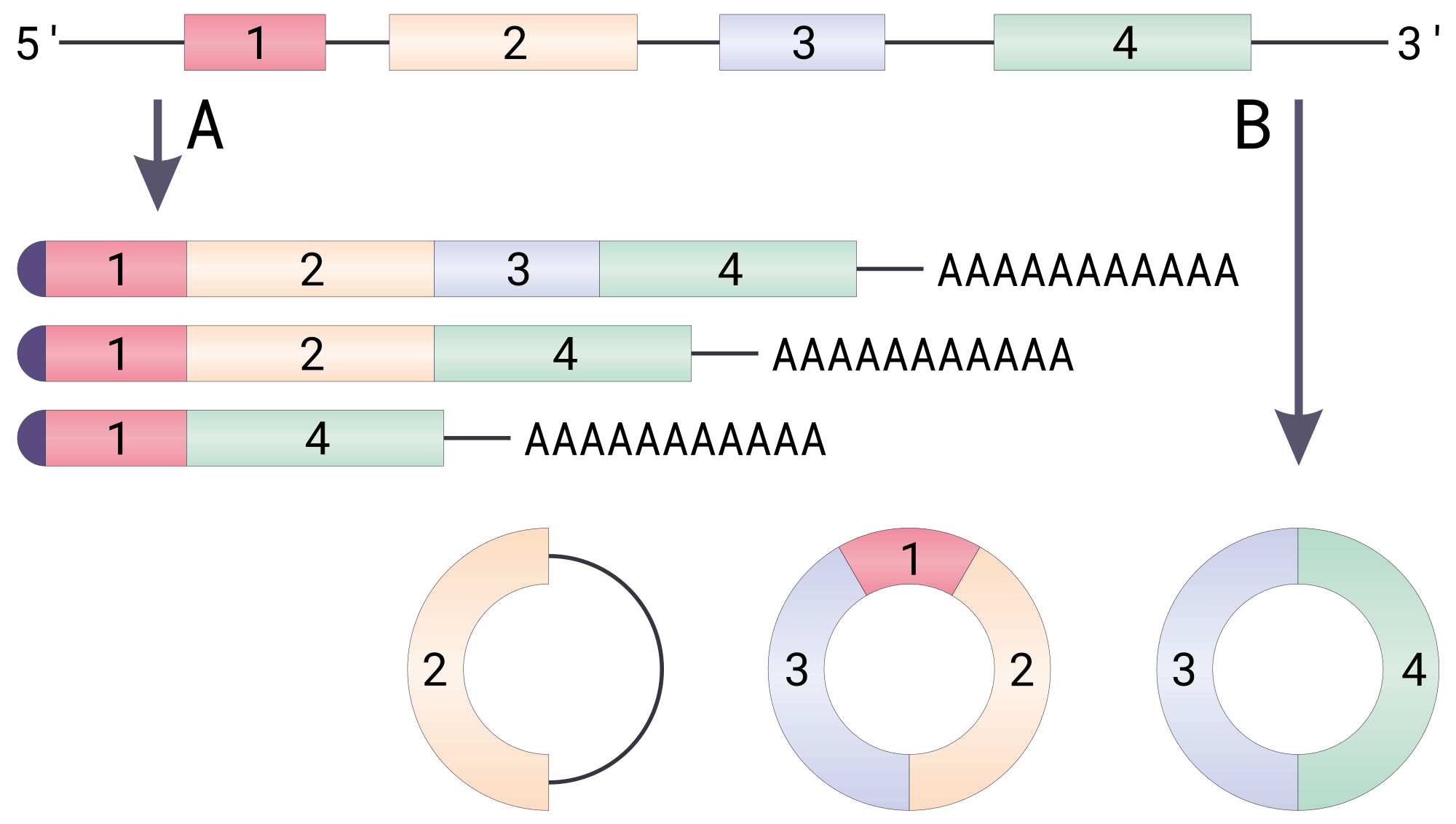
When cells in the human body become aged or injured, pluripotent stem cells may provide a means for repair. These cells can be induced to form a variety of different cell types and may be able to replace dysfunctional cells or regrow damaged tissues.
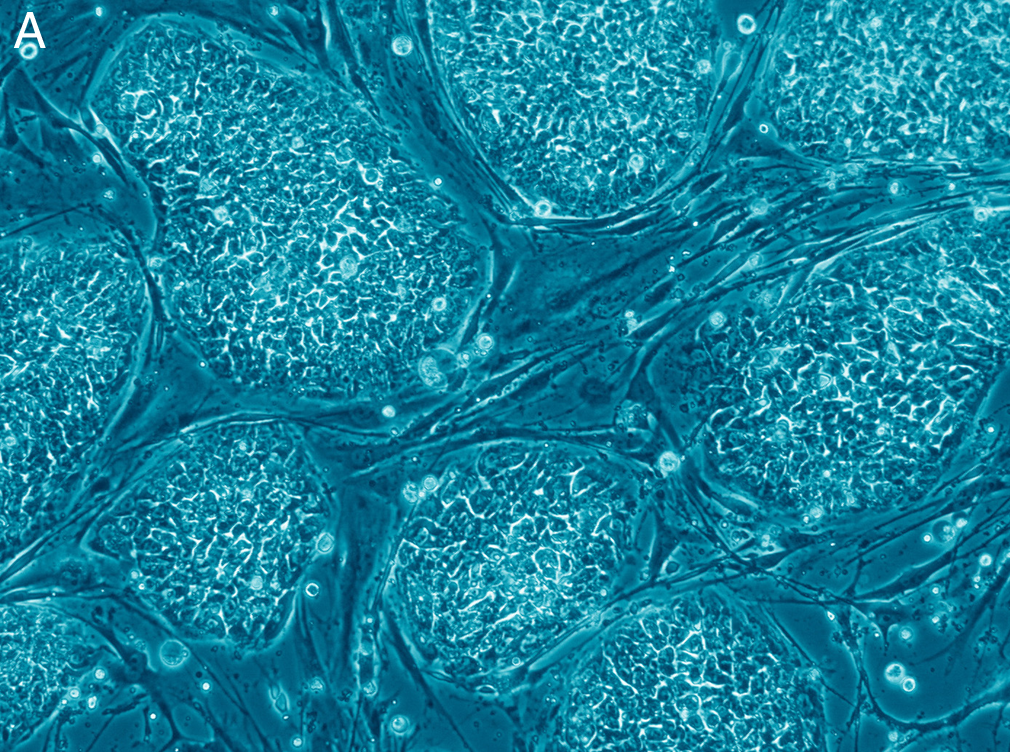
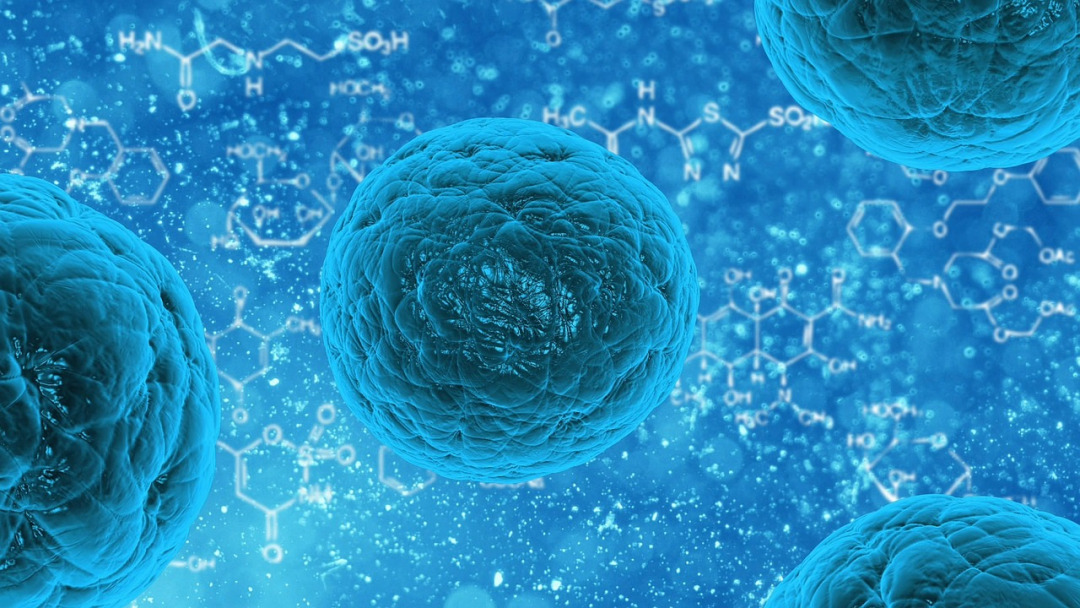
How does the skin develop follicles and eventually sprout hair? A USC-led study, published in the Proceedings of the National Academy of Sciences (PNAS), addresses this question using insights gleaned from organoids, 3D assemblies of cells possessing rudimentary skin structure and function--including the ability to grow hair.

2017 International Conference of Developmental Biology, Stem Cells and Regenerative Medicine - from Basic Research to Applications
Internet is huge! Help us find great content
Never miss a thing! Sign up for our newsletter to stay updated.
Research Stash is a curated collection of tools and News for S.T.E.M researchers
Have any questions or want to partner with us? Reach us at hello@researchstash.com